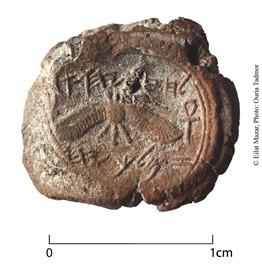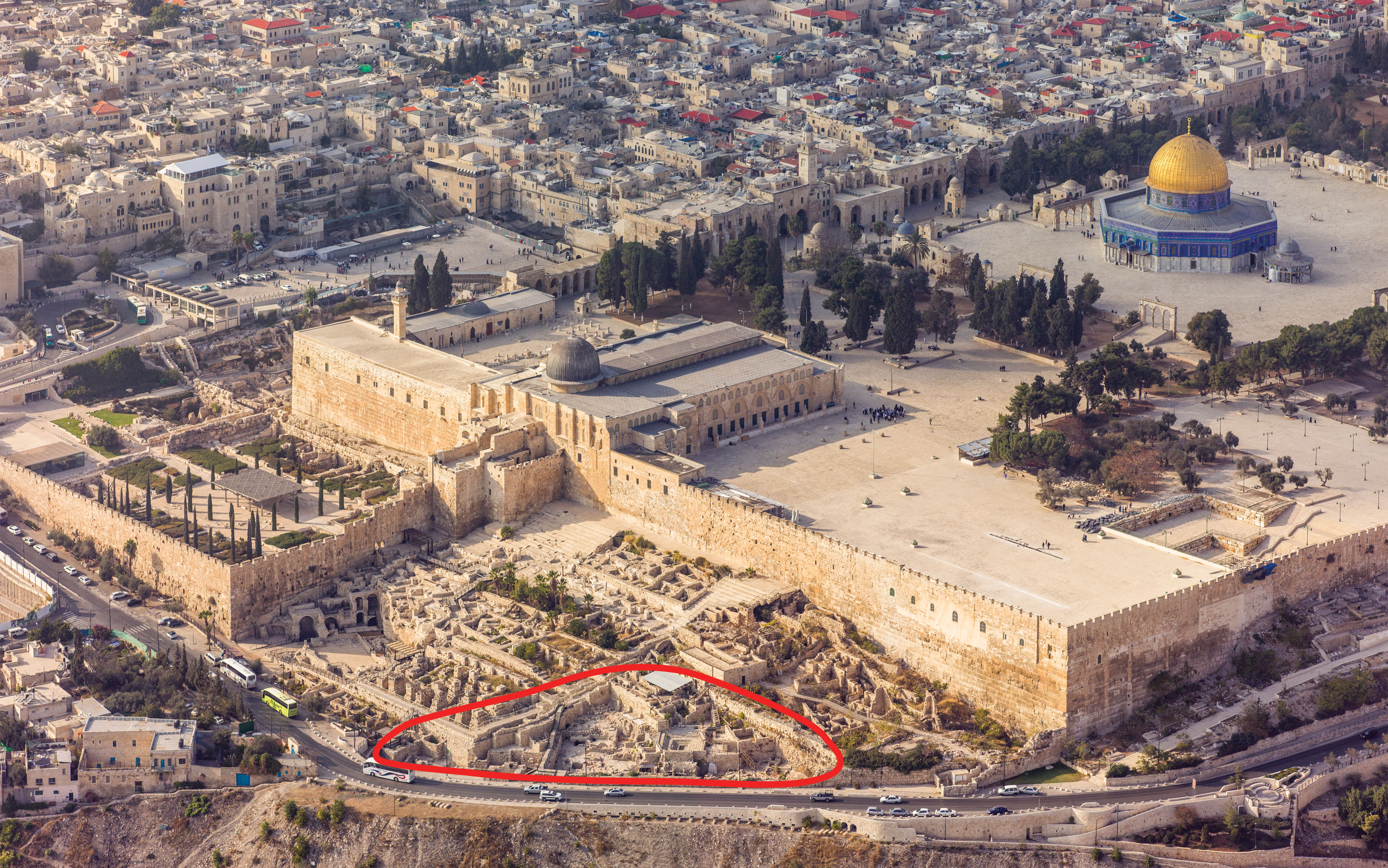An 8-year-old boy discovered the head of an Iron Age figurine while visiting the site of Beth Shemesh.
A mosaic with an inscription from Isaiah 65 has been discovered near Adana, Turkey.
Archaeologists have found a “giant fence” at Tell ed-Daba that dates to the time of the Hyksos’ invasion.
The Algemeiner: “Hamas forces seized a chest full of Ottoman-era gold coins discovered in Gaza.”
Police arrested an antiquities dealer near Beth Shean with a collection of more than 3,000 illegally obtained coins.
Google is adding Petra to its “Street View.” The queen of Jordan contributed by writing the company’s blog post. I’m impressed.
Fadi Shawkat Haddad has released A Christian Pilgrimage Journey in Jordan. Haddad is a Christian tour guide in Jordan whom I worked with many years ago. The book covers 80 sites and costs $20 plus postage.
The Summer 2015 issue of DigSight is now available in pdf format. This issue includes a report on the season at Lachish, the Ishbaal inscription from Khirbet Qeiyafa, and upcoming events.
Charles E. Jones has expanded his bibliography of autobiographies of archaeologists and given it a new home.
A team of researchers is learning more about how vellum was produced for pocket Bibles in the medieval period.
Premier Exhibitions recently had a media preview of its King Tut exhibition. It features more than
1,000 precisely crafted replicas, arranged in the exact manner found by archaeologist Howard Carter in 1922.
Qedem Reports is now accessible online through JSTOR. In the future, all Qedem volumes will be available.
The Biblical Archaeology Society is running a Thanksgiving sale with discounts up to 85%.
The future of archaeology is non-invasive and non-destructive technologies.
This week on the Land and the Book: Bible Exploration Tech Tools with Scott Lindsey from Logos Bible Software.
Here’s more on the new papyrus of the Gospel of John.
BibleX has an interesting post on Paul and Bedbugs.
Israeli archaeologist Yoram Tsafrir died on Monday.
HT: Charles Savelle, Agade, Joseph Lauer, Pat McCarthy, Ted Weis

